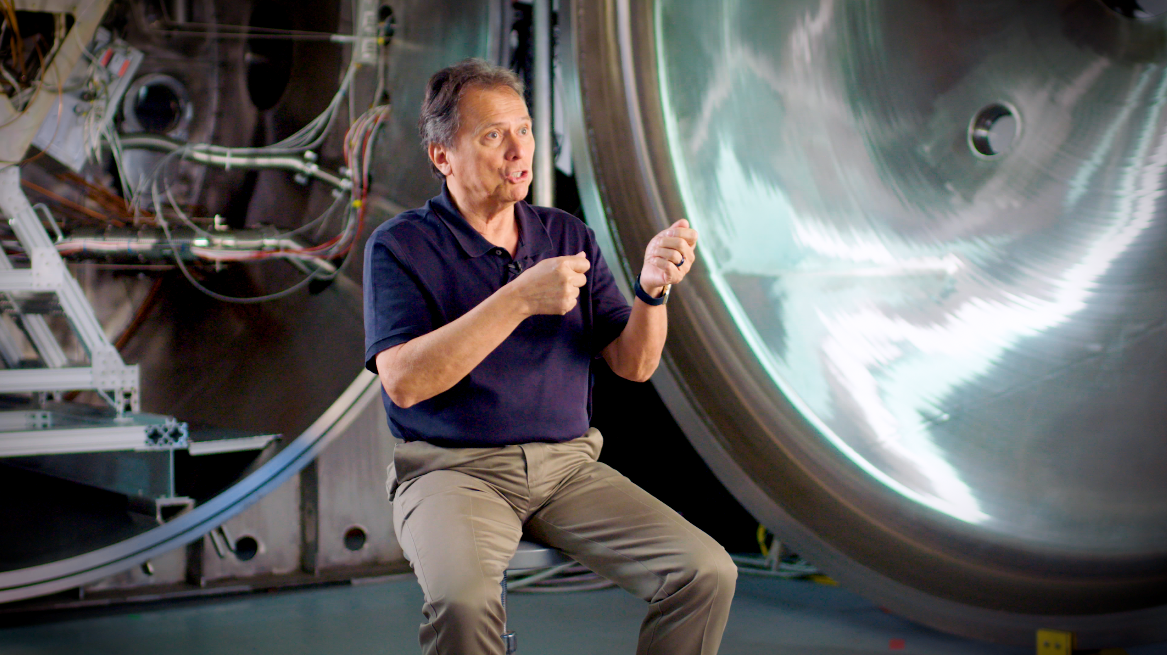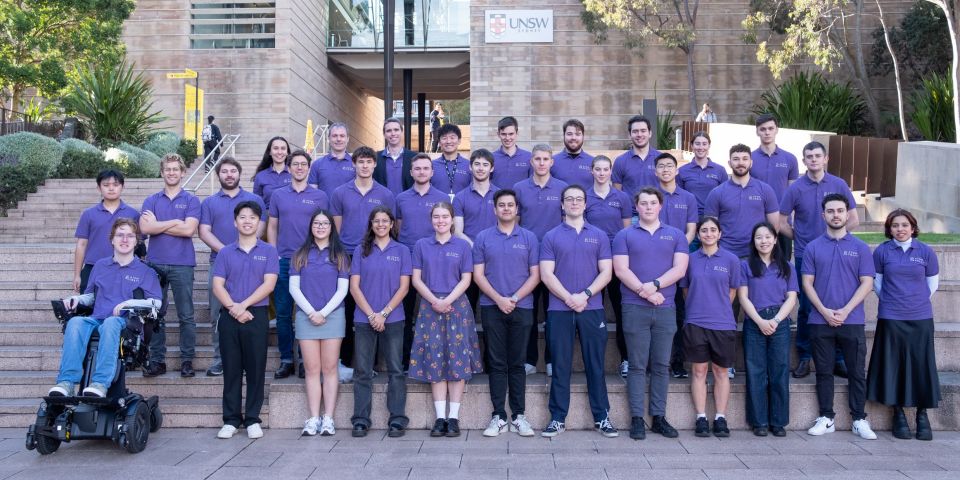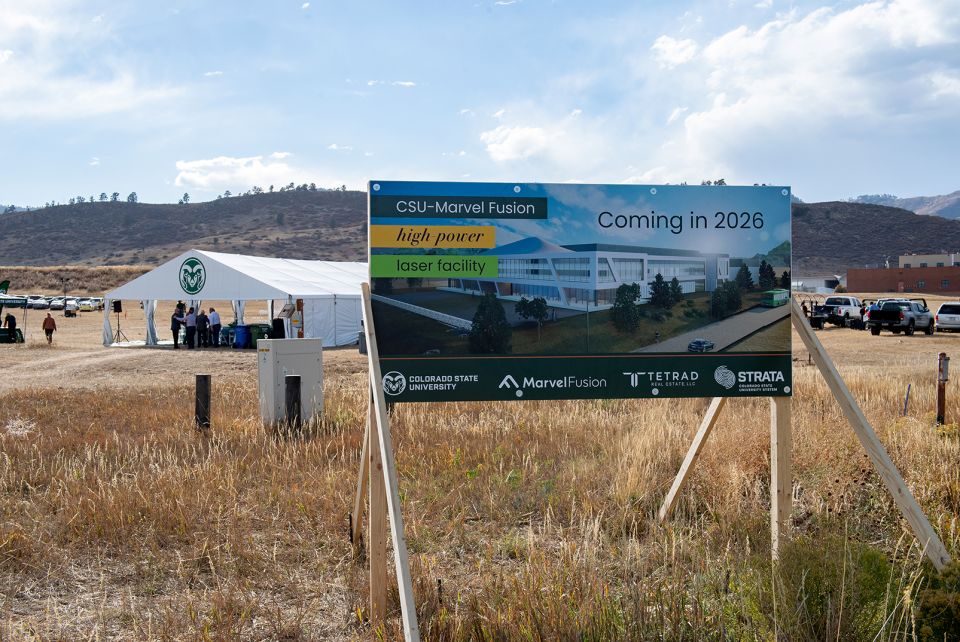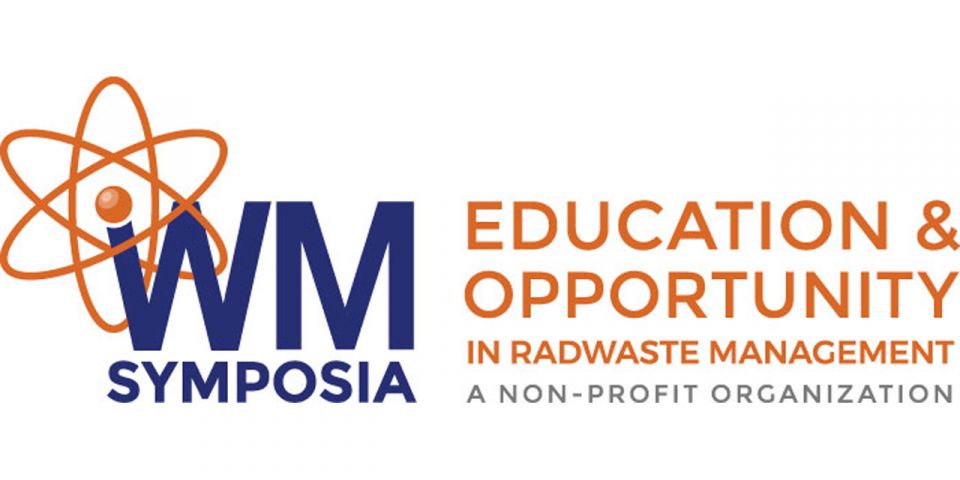Who’s who: In the video aimed at grades 3-5, students virtually meet former NASA astronaut Franklin Chang-Diaz; David Poston, chief reactor designer for the NASA Kilopower Project at Los Alamos National Laboratory; and Candace Davison, assistant director for education and outreach and senior reactor operator at the Penn State University research reactor. Poston and Davison are ANS members.
Fusion-powered space travel: Chang-Diaz, who participated in seven Space Shuttle missions, and space-walked outside of the International Space Station, is helping to develop the Advanced Plasma Rocket systems that may one day transport passengers to Mars. He explained how nuclear fusion works and why it is necessary in deep space exploration.
“We will still need conventional chemical rockets to get off the surface of the Earth and land on the Earth, but the interplanetary travel will be driven by nuclear power,” Chang-Diaz said in the video. “Space is an opportunity for the whole world, and I long to see that day when space will be a place for all.”
Failure isn’t bad: Davison followed with a tutorial on the research being done at Penn State with the research reactor. She also explained the importance of the scientific process, which sometimes means an experiment that fails.
“A lot of people think failure is a bad thing, but it can also be good,” Davison said. “Don’t be afraid because actually in failing you get to learn more than if it worked the first time. Failure can help you improve and do better than you did the first time. Failure of an experiment is still a good experiment.”
Living in space: The final segment of the video, featuring Poston, centers on how humans could some day live in outer space. To be successful, there needs to be enough power to produce oxygen to breathe, produce heat, power computers, and grow food. “Nuclear power allows us to take a whole lot of energy potential into one small space and use it regardless of whether the sun is shining or whether there’s a dust storm on Mars,” he said.
“Having a base on the moon or Mars is really important as the first step to us expanding out into outer space,” Posen added. “Using nuclear power can take us out to explore not only the planets but eventually outside the solar system to learn all we can about the universe.”











